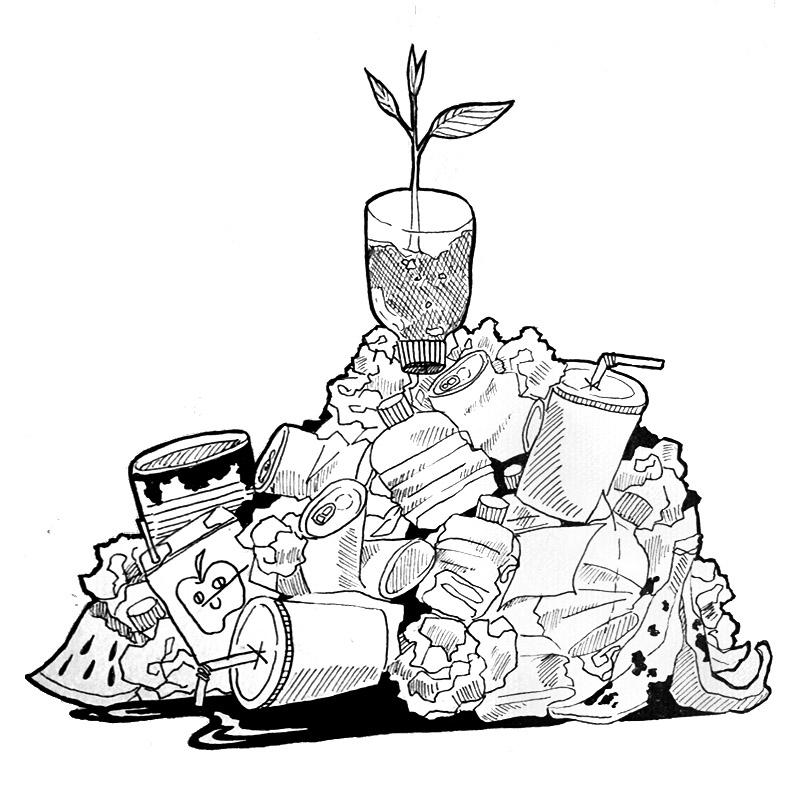The amount of food waste that Americans produce is atrocious to say the least.
According to The National Resources Defense Council, 40 percent of food in America is thrown out. An average American throws out 3.5 pounds of food per week, two-thirds of which can still be consumed.
We don’t necessarily think about the consequences of these seemingly harmless actions simply because they are easy to disregard. The typical person would not directly see the negative outcomes of their choice to throw out their food — to them, they are simply throwing out food that they don’t care to eat anymore.
Now, I’m not going to sit here and preach about this issue like I’m not a part of it — I mean, just last week I threw out a plate of perfectly fine food just because I didn’t feel like eating it anymore. However, we can no longer ignore the fact that food waste serves as a burden to our resources as well as a disservice to those who could use that food.
One of the major reasons for this is that most people associate the “use-by,” “sell-by” or “best used by” dates as indicators of edibility. The purpose of these labels is to let consumers know when certain food products are at their peak freshness. In fact, most food, if stored correctly in the freezer, is unable to grow the bacteria that causes food poisoning, allowing it to stay edible for months. Nevertheless, people continue to dispose of food as soon as it reaches its expiration date.
When we discard food, we discard the possibilities of using this food to help those in need. People have the ability to donate their unwanted food, but usually choose not to. 1 in every 8 Americans has trouble putting food on their plates, yet America is the most labor efficient country in the world, as well as the third largest producer of food. This wouldn’t make sense until you consider the fact we waste about 131 million pounds of produce a year. The potential to provide meals and essentially end hunger is literally thrown out with the trash; in our consumption-driven society, we don’t think of the drastic, and ultimately selfish, results of our actions, but every bit of food we throw away adds up.
This selfishness extends beyond the population and effects resources as well. The NRDC states 50% of our land, 10% of our energy budget and 80% of our freshwater goes towards the production of food, yet a large portion of that food is never eaten. Food production is a resource-intensive process, and unless we utilize all the output, we are squandering opportunities to make better use of valuable land and water.
Landfills store 95% of food waste, making it the most space-consuming of landfill storage. According to the EPA, municipal solid waste is the third largest source of methane emissions in the country. Food waste contributes to our ongoing battle with greenhouse gas emissions and climate change.
Climate change, wasted resources and the hungry aren’t necessarily things we think about when we toss away the banana that got too brown for our liking or the milk that just passed its sell-by date. We need to start paying attention to the gluttonous attitude we have towards food and look at the broader picture of food waste. Food waste affects many aspects of our society, as well as highlights a problem in the way that the government and corporations deal with it. This must be at the forefront of national discussion — it is now time we started paying mind to the issue.




